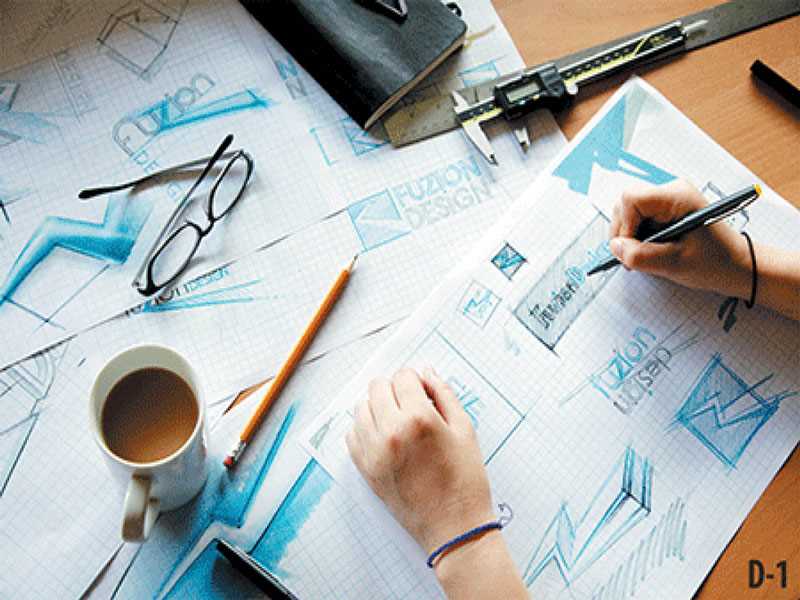Process planning and product development systems. Industrial designers create products to perform specific functions. These products must be attractive, safe to use, reliable, easy to maintain and easy to manufacture. Industrial designers should combine technical capability, engineering knowledge, cost and material knowledge, manufacturing processes and marketing conditions.
History of industrial design
A term was first used in the late 17th century when the division of labor was increased. Prior to that date, the craftsman designed the product during manufacture. In the mid-19th century, manufacturers began to produce electrical appliances and other machines for domestic use. In those days, people used to buy machines to use them to do their work and did not care about their appearance. By the early 20th century, buyers had a choice to buy radios, bread makers, and similar appliances. If customers find two radios working at the same level, they choose the most attractive. Manufacturers have recognized the need for good design to maintain high sales. The industrial design profession has developed to meet this need. Industrial designers today have a significant impact on the identification of products offered to consumers.
Industrial design products
Some industrial designers work to create products that can be used in homes and offices. Such products include: cars, photocopiers, computers, hand tools, lighting fixtures, office furniture, and TVs. Other designers work on special projects, such as packaging, product brands, and interior designs in buildings. A number of industrial designers are working on projects to combat environmental pollution and develop spacecraft.
The work of the industrial designer
Some industrial designers work for one company, and may specialize in only a few products. Others have consulting firms that have many products or work for them. Consultants usually hire or work to complete a project. They may act as a customer advisory group or provide their expertise to assist the client's team of designers. A large consulting firm may employ several hundred employees, including architects, artists, engineers, marketing experts and technicians.
Industrial designers must make their products attractive for many perspectives. For example, if a designer is planning to produce a cooled refrigerator with a new look, the fridge should be attractive and designed to be easy to clean and should be economical in energy consumption. And be able to maintain and properly cool various forms and sizes of food. The new fridge should also be suitable for putting it in the typical kitchen and make it easier to fit into individual taste. Above all, its production must be inexpensive.
Designers do a great deal of research on their products. They carefully study reports and examples of competing products. They also scan to see what consumers prefer. And then deposit a number of designs for the products they want to create. These initial designs are discussed with managers, engineers, and marketing experts. After reviews, company officials accept these designs. Designers design product models, and later make models of products with the real materials to be used in their manufacture and then test them.
The distinguished universities in the field of industrial design
Istanbul Bilgi University
University of Istanbul
University of Uzegin
Izmir University of Economics
University of
University of Okan
University of Cadres Haas
University of Coltur








